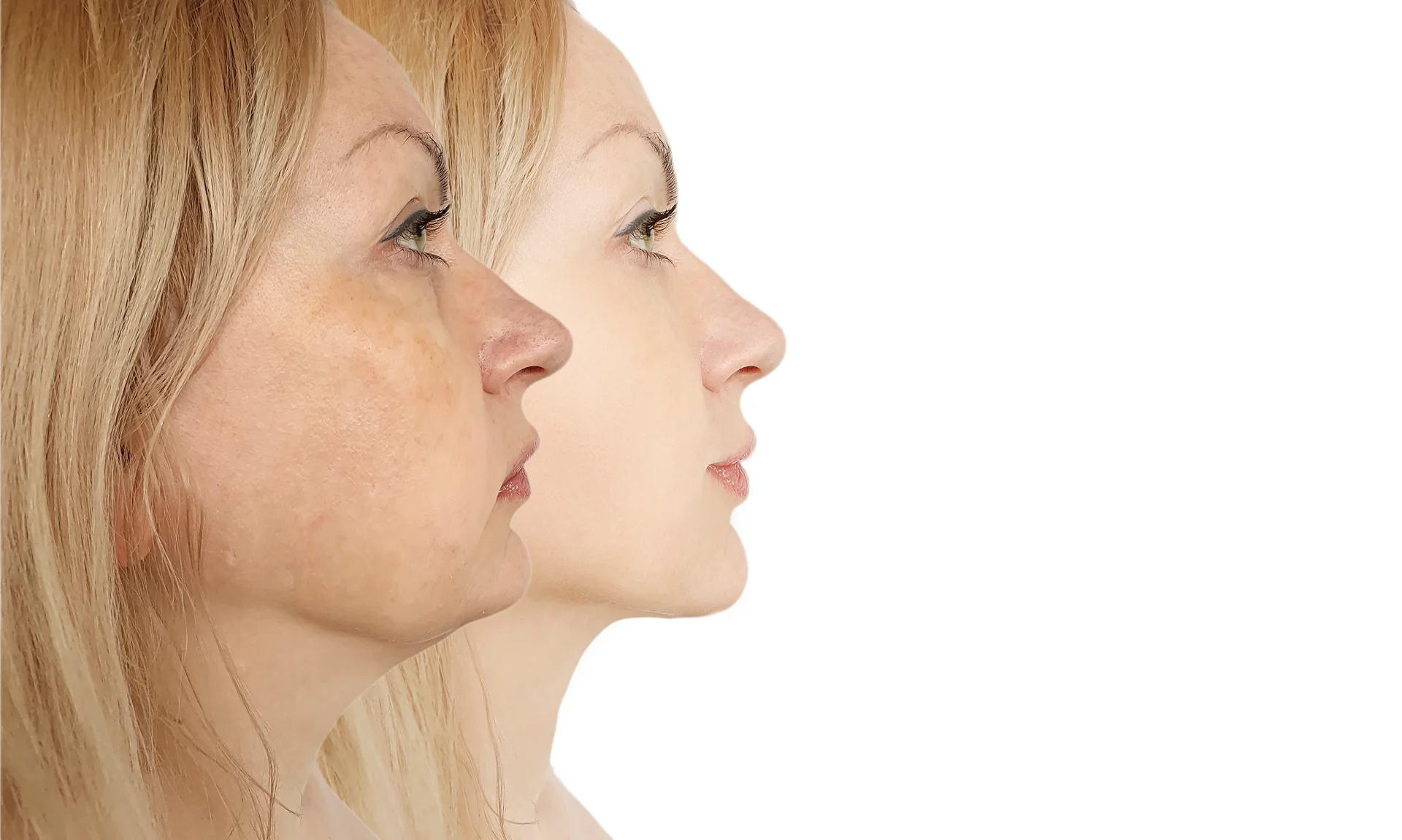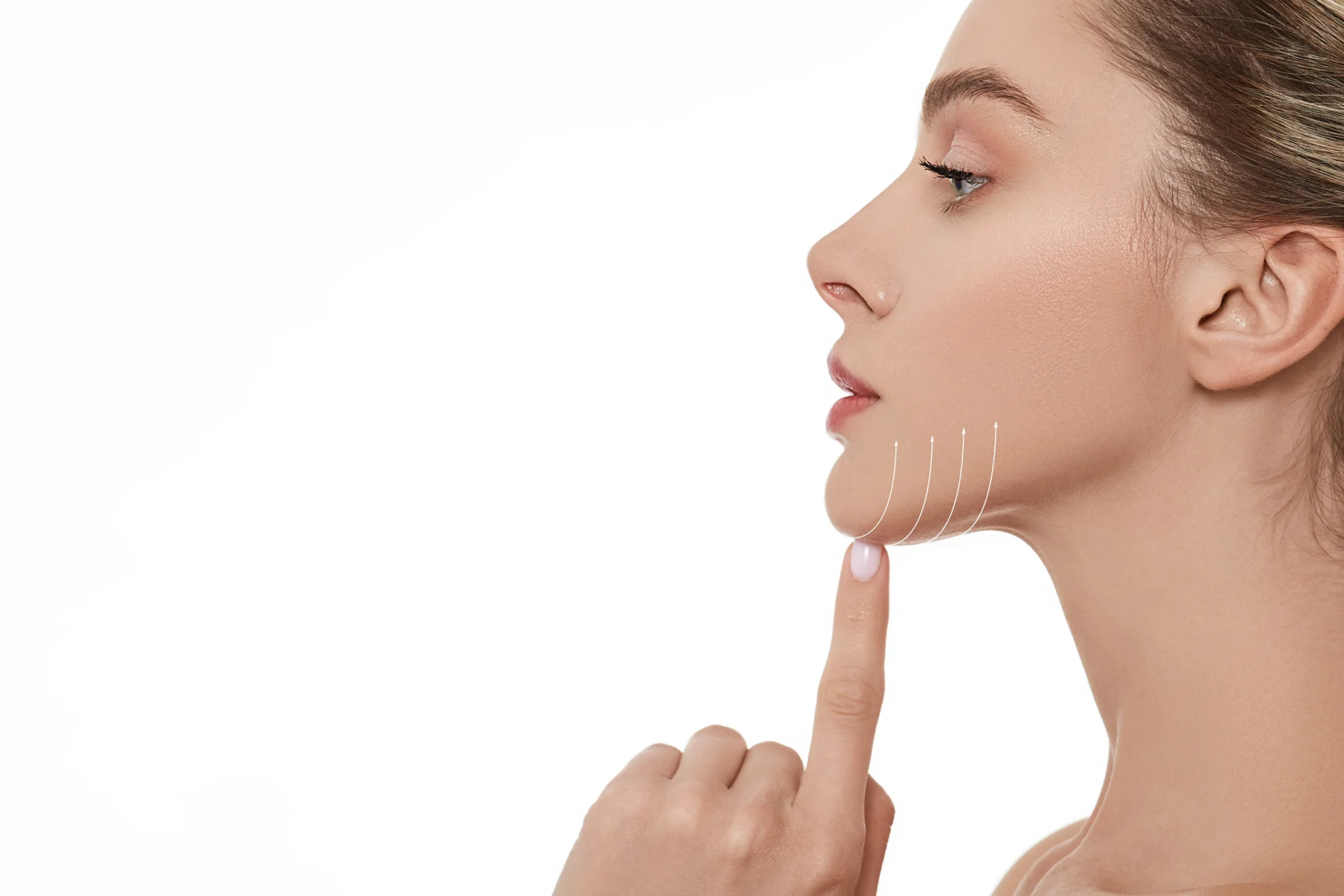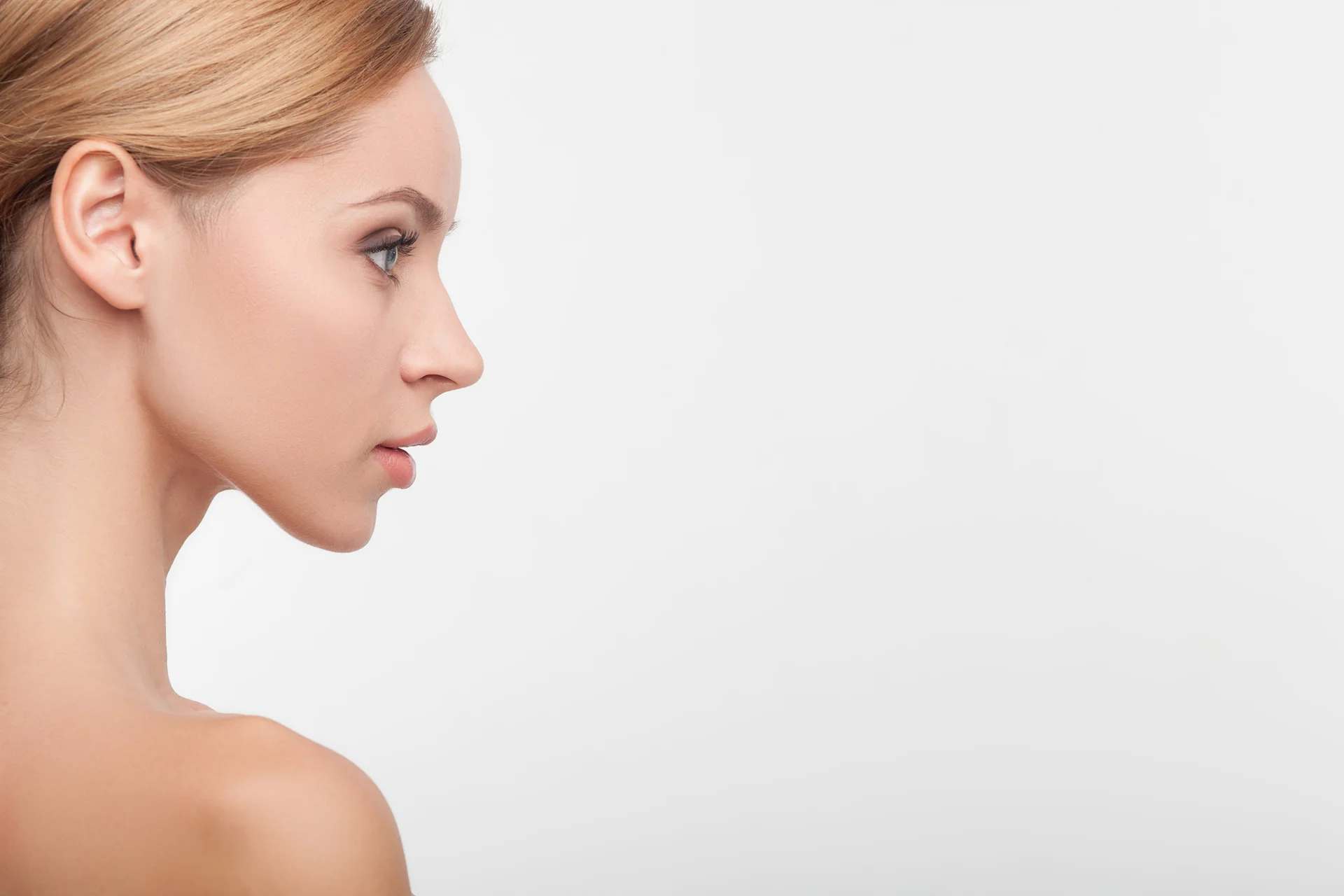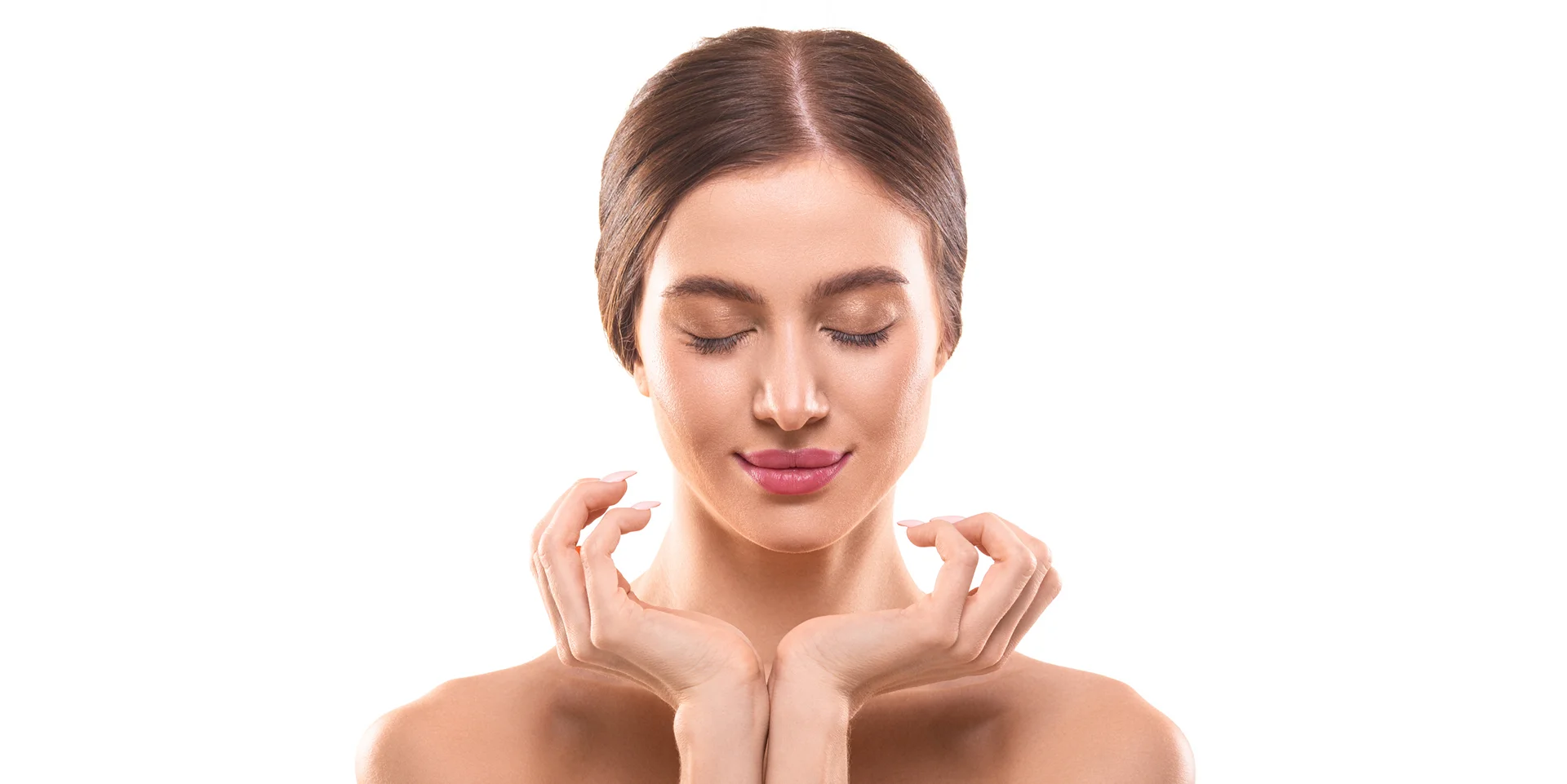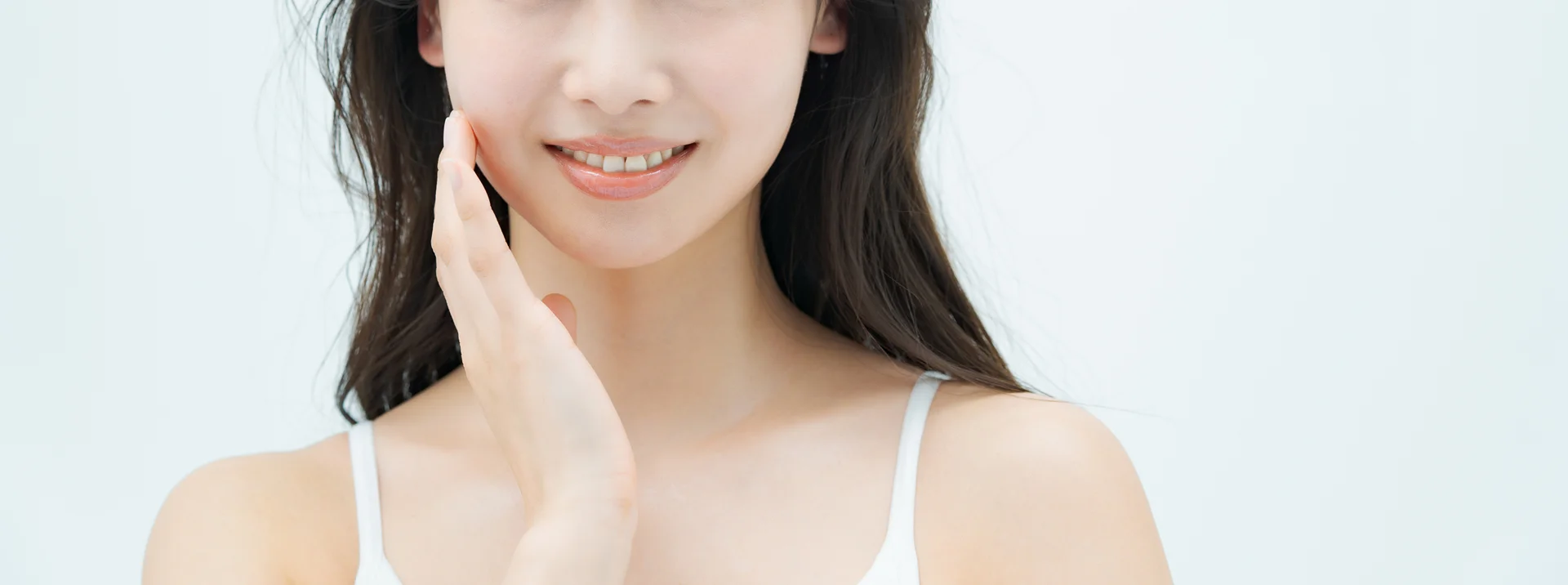Discover the truth about lumps after chin lipo. Learn how to avoid them and what to do if they occur.
Have you recently undergone chin liposuction and noticed lumps in the area? It’s not uncommon to experience this post-procedure, and understanding the causes and solutions is crucial.
From differentiating between hard and soft lumps to addressing lumps on the chin versus those under the chin, there’s a lot to consider.
Understanding these factors can be essential in ensuring a smooth recovery and achieving the results you desire.
Is It Normal to Have Lumps After Chin Liposuction?
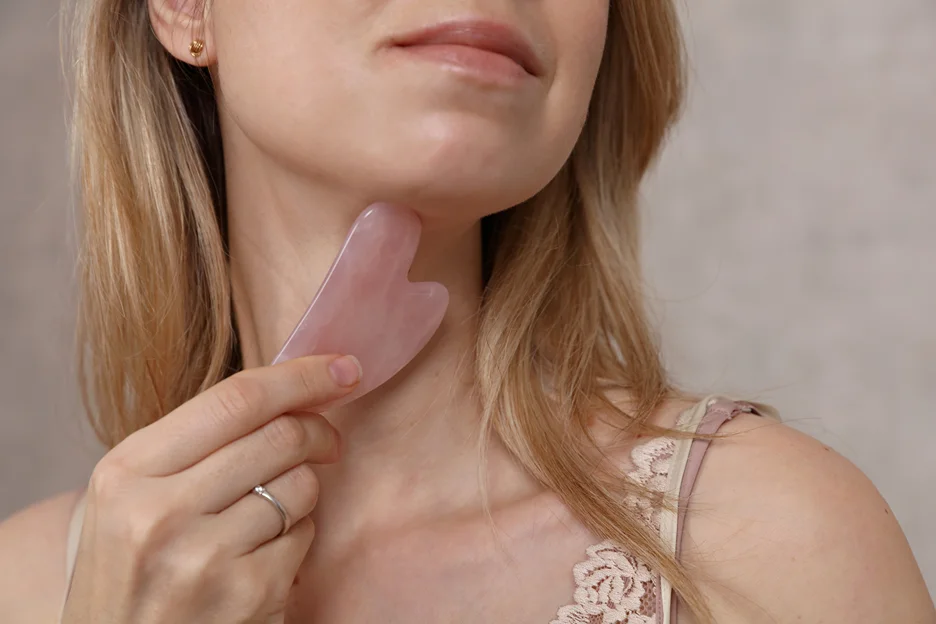
It’s common to experience lumps after chin liposuction as your skin adjusts to the removal of excess fat and undergoes the healing process. These lumps and bumps are a normal part of the body’s response to the procedure. The skin needs time to adapt and may initially struggle to regain its elasticity.
Temporary swelling can also contribute to the presence of lumps. In most cases, these lumps should resolve on their own within a few months as the skin and tissue continue to heal.
However, if you notice that the lumps persist beyond 3-4 months, it’s important to seek guidance from the plastic surgeon who performed the procedure. They can evaluate the situation and provide appropriate recommendations for further management.
What Causes Lumps After Chin Lipo?
After chin liposuction, lumps can occur due to various reasons. Swelling and fluid build-up are common culprits, as well as the formation of hematomas, causing bruising and lumps.
Uneven fat removal during the procedure can also lead to irregularities under the skin, while the development of fibrosis, or scar tissue, may contribute to the formation of lumps.
Swelling and fluid build-up
Swelling and fluid build-up after chin lipo can lead to the formation of lumps, causing discomfort and affecting the cosmetic result. It’s normal to experience swelling after chin lipo, but excessive fluid build-up can contribute to the development of lumps.
Swelling occurs as the body’s natural response to the trauma of surgery, and some fluid build-up is to be expected. However, if this fluid isn’t effectively drained or absorbed by the body, it can lead to the formation of lumps under the skin.
To mitigate swelling and fluid build-up, it’s essential to closely follow post-operative care instructions provided by your surgeon. This may include wearing compression garments, elevating the head while resting, and avoiding activities that could increase blood pressure or strain the chin area.
Hematomas (bruising)
Hematomas, or bruising, can contribute to the formation of lumps after chin lipo, potentially affecting your recovery and the aesthetic outcome. Hematomas occur when blood vessels are damaged during the liposuction process, leading to blood collecting under the skin. This can result in visible discoloration, tenderness, and the formation of lumps.
To minimize the risk of hematomas, it’s crucial to follow post-operative care instructions provided by your surgeon, including wearing compression garments and avoiding activities that could increase blood pressure or cause trauma to the chin area.
In most cases, hematomas gradually resolve on their own, but if you notice excessive swelling, pain, or asymmetry, it’s important to consult your surgeon promptly.
Uneven fat removal
To achieve a smooth and even contour after chin liposuction, ensuring uniform fat removal is essential for minimizing the risk of developing lumps. Uneven fat removal during chin lipo can result from various factors, such as inadequate technique or excessive suction in specific areas.
When fat is removed unevenly, it can lead to irregularities in the skin’s surface, causing lumps and bumps to form. This uneven removal can also create an asymmetrical appearance, which may be particularly noticeable in the chin and jawline area.
To prevent this, it’s crucial to choose a skilled and experienced plastic surgeon who understands the importance of precise fat removal. Additionally, following post-operative care instructions diligently can support the healing process and minimize the risk of uneven fat removal and the development of lumps after chin lipo.
Fibrosis (scar tissue)
Fibrosis, or the formation of scar tissue, can contribute to the development of lumps after chin liposuction. This occurs when the body’s natural healing process produces excess collagen, leading to the formation of fibrous nodules.
Understanding the causes and potential solutions for fibrosis can help you navigate post-lipo concerns effectively.
Here are some key points to consider:
- Inflammation: Excessive inflammation during the healing process can trigger fibrosis.
- Improper Technique: Inadequate surgical technique may result in uneven fat removal, leading to fibrosis.
- Genetics: Some individuals may be predisposed to forming scar tissue more readily than others.
- Postoperative Care: Inadequate postoperative care, such as not following proper compression techniques, can contribute to fibrosis.
- Consultation: If you’re experiencing lumps post-surgery, consult your surgeon to determine the best course of action.
Hard Lumps vs. Soft Lumps After Chin Lipo
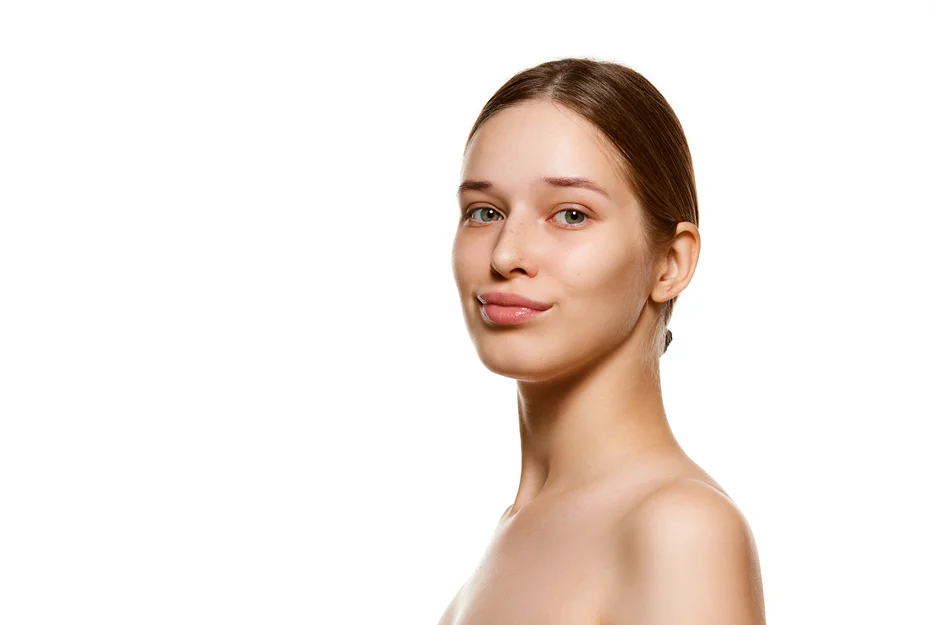
After chin lipo, distinguishing between hard lumps and soft lumps is crucial for understanding the healing process and potential follow-up care.
Hard lumps, often caused by fibrosis, result from the formation of scar tissue under the skin and can take several months to soften.
Conversely, soft and squishy lumps are likely residual fat that wasn’t fully removed during liposuction.
Most lumps will improve within 6-12 months as the skin contracts.
Massaging the areas gently and regularly, as well as using scar creams, can aid in the reduction of hard lumps.
If lumps persist after a year, consulting with your surgeon is advisable to evaluate the need for revision liposuction.
Lumps on the Chin vs. Lumps Under the Chin
Lumps on the chin and lumps under the chin can be indicative of different underlying causes, and understanding the distinctions between them is important for proper evaluation and potential treatment. Here’s what you need to know:
- Lumps on the chin are often caused by skin conditions like cysts or acne nodules.
- Lumps under the chin are more likely to be swollen lymph nodes, often due to infections in the mouth or throat.
- Other potential causes of lumps under the chin include salivary gland tumors, stones, jaw tumors, or cysts.
Most lumps are harmless, but it’s important to see a doctor for evaluation. Treatment depends on the underlying cause, and many lumps will resolve on their own.
Bumps vs. Lumps: What’s the Difference?
Lumps are typically deeper under the skin, while bumps are closer to the skin’s surface. Lumps often feel more solid, while bumps may feel softer or more fluid-filled.
The causes of lumps can include lipomas, cysts, or enlarged lymph nodes, while bumps are often caused by infections, clogged pores, or skin conditions like acne. To differentiate between the two, consider the location – lumps near the surface are more likely to be cysts or skin tags, while deeper lumps near organs could indicate enlarged glands or nodes.
Appearance-wise, lumps may cause noticeable bulges under the skin, while bumps create raised areas that can be seen or felt on the surface.
| Lumps | Bumps |
| Deeper under the skin | Closer to the skin’s surface |
| Typically feels more solid | May feel softer or more fluid-filled |
| Common causes: lipomas, cysts, enlarged lymph nodes | Common causes: infections, clogged pores, skin conditions like acne |
| Location: Near organs or surface | Location: Corresponds to areas of skin or mucous membranes |
When To Worry About Lumps After Chin Lipo
Understanding the difference between lumps and bumps can help you recognize potential concerns after chin lipo. While lumps are a common part of the recovery process, there are instances when you should seek medical advice.
Here’s when to worry about lumps after chin lipo:
- If lumps persist beyond 6 months
- If lumps appear to be getting larger instead of reducing in size over time
- If you experience severe pain or discomfort associated with the lumps
- If the lumps are accompanied by redness, warmth, or other signs of infection
- If you notice any changes in the skin overlying the lumps, such as thinning or discoloration
How to Get Rid of Lumps After Chin Liposuction
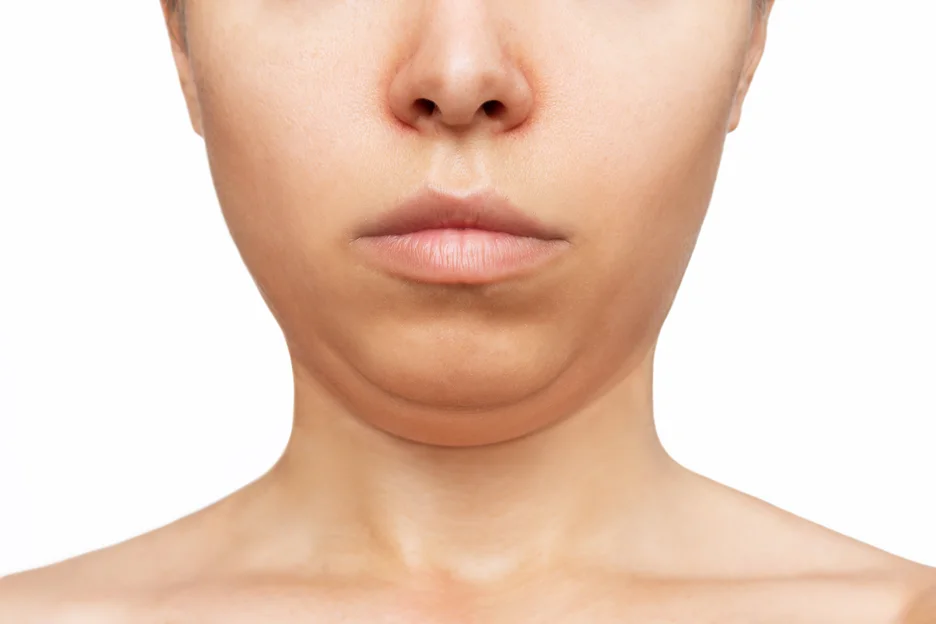
If you’re dealing with lumps after chin liposuction, you may want to consider natural remedies such as gentle massages and applying warm compresses to help break up the lumps.
Medical treatments like steroid injections or ultrasound therapy can be effective for stubborn lumps that don’t respond to natural remedies.
It’s important to consult with your plastic surgeon to determine the best approach for addressing the lumps and achieving the smooth, contoured results you desire.
Natural Remedies for Chin Lipo Lumps
If you’re looking to address lumps after chin liposuction, there are several natural remedies you can explore.
Compression garments
Consider wearing compression garments as they can help in reducing lumps and promoting smoother healing after chin liposuction.
These garments provide gentle pressure to the treated area, aiding in minimizing swelling and improving blood circulation.
When choosing a compression garment, remember to opt for one that fits snugly but isn’t too tight. It should also be made of breathable material for comfort and ease of wear.
Massage techniques
After wearing compression garments to reduce lumps and promote smoother healing following chin liposuction, you can also incorporate massage techniques to further aid in the natural remedies for chin lipo lumps.
Gently massaging the treated area with clean hands or a soft cloth can help break up any residual scar tissue and encourage lymphatic drainage. This can contribute to a more even and smooth appearance as you heal from the procedure.
Warm compresses
To alleviate lumps after chin liposuction, applying warm compresses can aid in promoting circulation and reducing swelling in the treated area. Here are some tips for using warm compresses effectively:
- Soak a clean cloth in warm water
- Gently apply the warm compress to the lumpy areas for 10-15 minutes
- Repeat this process 2-3 times a day
- Avoid using hot water to prevent burns
Anti-inflammatory medication
If warm compresses have not provided sufficient relief for lumps after chin liposuction, you may consider incorporating anti-inflammatory medication to help reduce swelling and discomfort in the treated area. Here are some common anti-inflammatory medications that can be helpful:
| Medication | Usage |
| Ibuprofen | Reduce swelling and pain |
| Aspirin | Reduce inflammation and discomfort |
| Naproxen | Alleviate swelling and pain |
These medications can aid in reducing postoperative inflammation and discomfort. Always consult with your physician before starting any new medication.
Medical Treatments for Stubborn Lumps
If you’re dealing with stubborn lumps after chin liposuction, there are several medical treatments that can help.
Radiofrequency skin tightening, liposuction revision, and steroid injections are common options for addressing these lumps.
Each of these treatments targets the lumps in different ways, providing potential solutions depending on the nature of the issue.
Radiofrequency skin tightening
Consider utilizing radiofrequency skin tightening to address lumps that may persist after chin liposuction, as it can effectively target and improve the appearance of stubborn areas. This non-invasive treatment option may help smooth out any remaining irregularities and enhance skin tightness.
Benefits of radiofrequency skin tightening include:
- Non-surgical approach
- Stimulates collagen production
- Minimal downtime
- Safe for all skin types
- Long-lasting results
Liposuction revision
To address persistent lumps after chin liposuction, explore the option of liposuction revision as a way to effectively improve the appearance of stubborn areas.
Liposuction revision involves a secondary procedure to correct any irregularities or lumps left from the initial liposuction. This can help to smooth out the treated area and achieve a more desirable outcome.
Here are some medical treatments commonly used for liposuction revision:
| Medical Treatment | Description |
| Liposuction revision surgery | A secondary procedure to address persistent lumps and irregularities. |
| Fat grafting | Transferring fat from one area of the body to fill in any depressions or irregularities. |
| Ultrasound-assisted liposuction | Using ultrasound technology to break up and remove stubborn fat deposits. |
| Tissue smoothing techniques | Various methods to manually smooth out any remaining irregularities. |
Steroid injections
Steroid injections are a medical treatment used to help reduce persistent lumps and irregularities following chin liposuction. They work by decreasing inflammation and promoting the breakdown of scar tissue.
Here’s what you need to know:
- Steroid injections can help soften and flatten lumps.
- They’re typically administered by a qualified healthcare professional.
- Multiple injections may be needed for optimal results.
- Side effects may include temporary skin discoloration or thinning.
- Results may vary based on individual healing processes.
Taking Care of Your Chin After Liposuction
After chin liposuction, it’s crucial to follow your surgeon’s instructions for post-operative care. This includes maintaining a healthy lifestyle, avoiding strenuous activity, and monitoring your progress closely.
Following surgeon’s instructions
Following your surgeon’s instructions is crucial for ensuring optimal healing and results after chin liposuction. To take care of your chin after the procedure, make sure to:
- Wear Compression Garments: Use the compression garment as directed to reduce swelling and aid in the healing process.
- Keep the Area Clean: Gently clean the incision sites to prevent infection and promote healing.
- Avoid Strenuous Activities: Refrain from strenuous activities as advised by your surgeon to prevent complications.
- Attend Follow-Up Appointments: Keep all scheduled follow-up appointments with your surgeon to monitor your progress and address any concerns.
- Take Prescribed Medication: Adhere to the prescribed medication regimen to manage pain and prevent infection.
Maintaining a healthy lifestyle
To maintain a healthy lifestyle after chin liposuction, focus on incorporating nutritious foods and regular exercise into your daily routine.
Choose foods rich in vitamins, minerals, and antioxidants to support your body’s healing process. Include plenty of fruits, vegetables, lean proteins, and whole grains in your meals. Stay hydrated by drinking an adequate amount of water each day.
Engage in physical activities that you enjoy, such as walking, swimming, or yoga, to promote circulation and overall well-being.
Avoid smoking and excessive alcohol consumption, as these can impair the healing process and affect your results. Prioritize getting enough sleep to aid in recovery and support your body’s natural healing mechanisms.
Avoiding strenuous activity
To ensure optimal healing and results, it’s important to refrain from engaging in strenuous physical activities following your chin liposuction procedure. While recovering, it’s crucial to take care of your chin by avoiding activities that could strain the area.
Here are some important tips to help you avoid strenuous activity during your recovery:
- Refrain from lifting heavy objects, as this can strain the chin area.
- Avoid intense workouts or activities that could increase blood pressure and cause swelling.
- Be cautious when bending down or engaging in activities that involve sudden neck movements.
- Take breaks and avoid prolonged periods of standing or sitting in the same position.
- Follow your surgeon’s recommendations for when it’s safe to gradually reintroduce physical activity into your routine.
Monitoring your progress and reporting concerns
After refraining from strenuous activity post-surgery, it’s important to monitor your progress and promptly report any concerns regarding your chin’s healing process following liposuction.
Keep an eye on the incision sites, looking for signs of infection such as increased redness, swelling, or discharge.
Any unexpected lumps or bumps should also be reported to your healthcare provider.
Take photos regularly to track changes and share them with your surgeon during follow-up appointments.
It’s crucial to adhere to the post-operative care instructions provided by your surgeon and seek their guidance if you notice any unusual changes or have concerns about your recovery.
Is a Hard Lump Under the Chin Normal After Liposuction?
If you’re experiencing a hard lump under your chin following liposuction, it’s important to understand that this is a normal part of the healing process. Here’s what you need to know:
- Lumps form as part of the healing process after liposuction as the skin adjusts to the removal of fat tissue.
- Firm lumps typically represent areas of healing and will resolve over several months with massage.
- Lumps can feel hard for several weeks after liposuction but usually go away on their own.
Swelling and lumps in the thigh area are also common after liposuction procedures as part of the normal healing process. Lumps are a more common side effect when larger areas are treated with liposuction such as the back, thighs, stomach, and chin.
These lumps are part of the body’s natural healing process and should resolve over time.
Schedule Your Chin Lipo with Dr. Darren Smith Today
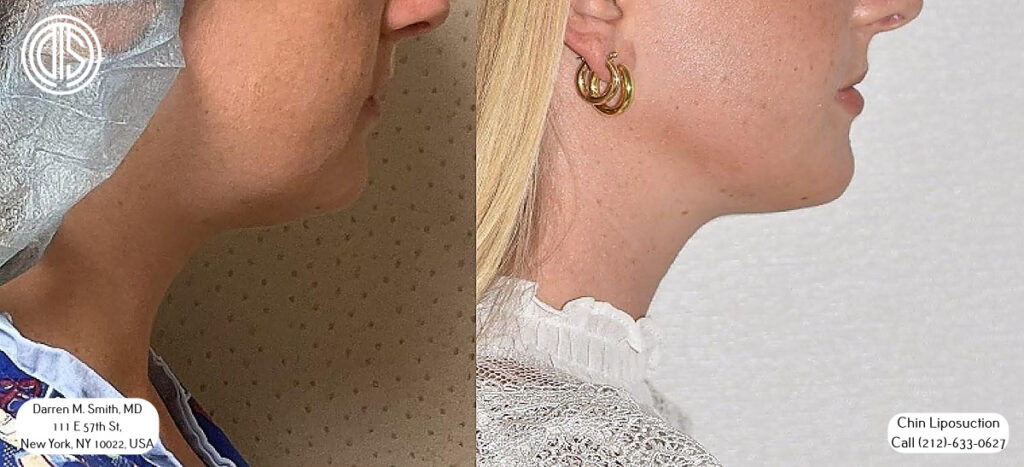
Consider scheduling your chin liposuction procedure with Dr. Darren Smith for a personalized and precise approach to achieving your aesthetic goals.
Dr. Smith, an elite board-certified surgeon in NYC, specializes in chin liposuction and sets new standards for safety, precision, and unparalleled results.
His practice utilizes advanced techniques for natural-looking and refined jawlines, ensuring a focus on each patient’s unique goals and wellbeing.
The procedure involves minimally-invasive techniques and VASER ultrasound energy for precise sculpting, resulting in a slimmer facial appearance.
Chin liposuction offers a permanent solution for eliminating stubborn fatty deposits and significantly improves chin and neck definition, boosting confidence without major surgery or extensive recovery.
Dr. Smith’s extensive expertise minimizes the likelihood of complications, making him the ideal choice for achieving your desired results.
